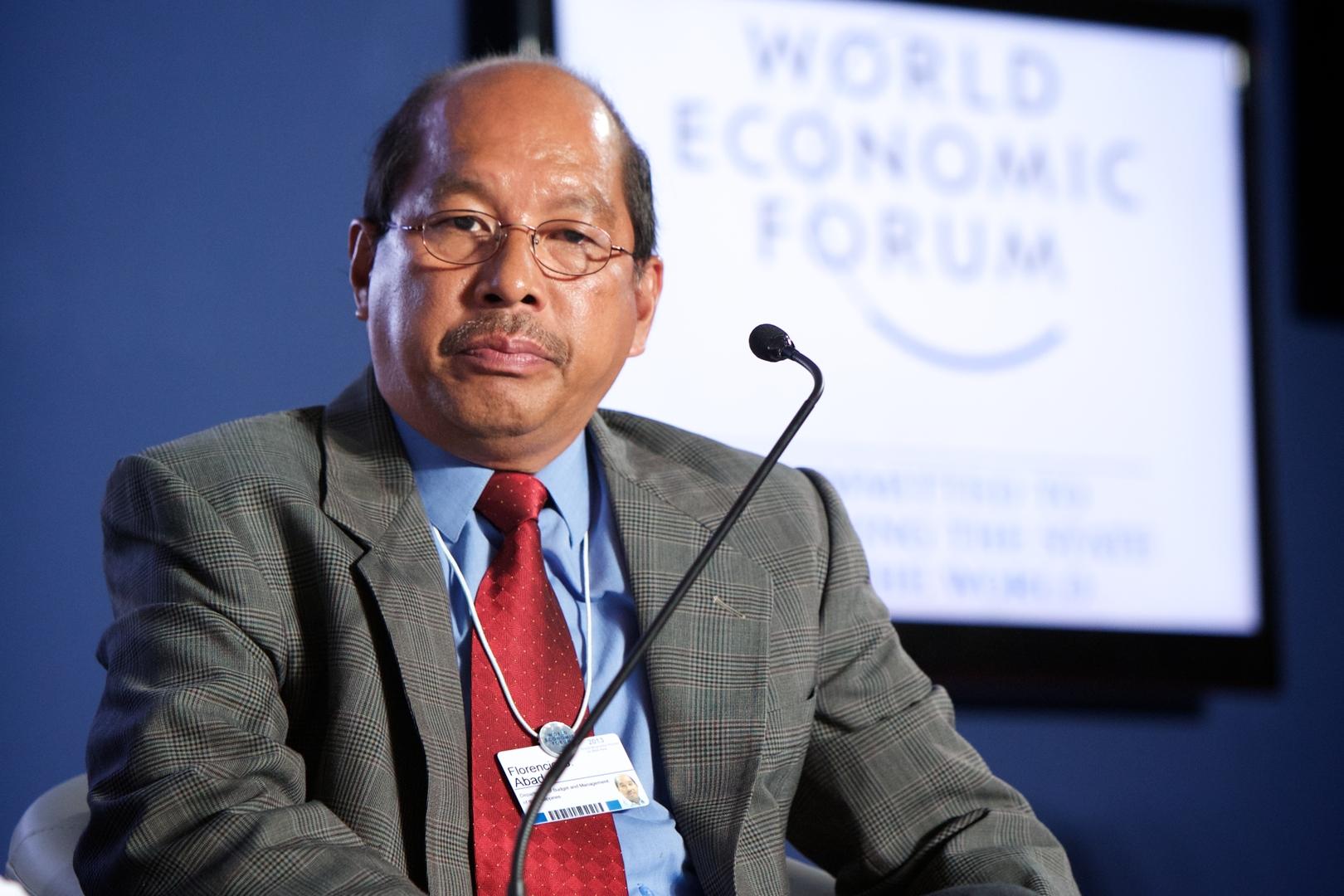Philippine News
Only nearly half of pledges for ‘Yolanda’ victims arrive in PHL — DBM chief

Budget Secretary Florencio Abad. Photo courtesy of the World Economic Forum 2014 / Fotopedia
MANILA — The Aquino administration continues to get flaks from the slow rehabilitation of the areas devastated by Typhoon Yolanda (Haiyan), considered one of the worst in the world.
This despite billion dollars amount of cash and in-kind donations from overseas.
However, Budget and Management secretary Florencio Abad said the first six months of rehabilitation is understandably slow because of the scale of devastation and because the main workers are typhoon victims themselves.
”I think after six months things have moved even faster already because the first responders as well as the various national and international agencies have really come together and able to coordinate very well and respond to the requirements of the reconstruction. So I think you’re going to see a lot of that movement,” he said.
Abad said the Philippines received about P11 billion worth of cash donations and about P23 billion worth of in-kind donations for the “Yolanda” victims and the rehabilitation of Eastern Visayas.
He, however, clarified that only P15 billion has arrived and most of these are in-kind donations.
“In some countries it’s understandable (that the aid for “Yolanda” victims have not been released) because some has to go to their legislatures, they have their own bureaucracies,” he said.
The Budget and Management chief pointed out that “an important point has to be made – by putting all of these information in FAITH, which is the foreign aid hub, we’re able to correct some misinformation.”
According to the Foreign Aid Transparency Hub (FAITH), total cash donations for “Yolanda” victims and the rehabilitation of the affected provinces reached P11.08 billion while non-cash pledge totalled to nearly P23 billion.
Foreign aid received, on the other hand, amounted to nearly P15 billion.
By aid type, the bulk of identified pledges is accounted for by relief goods amounting to P4.
08 billion followed by financial aid, P2.58 billion; for education and school buildings, a little over P1 billion; humanitarian assistance, P914.18 million; and rehabilitation and reconstruction, P872.54 million.
The others include those for livelihood, health and medical care, military assets and equipment, humanitarian assistance for the workers, equipment, sanitation, and medical supplies.
Abad also said that most of these aid did not go directly to the government but to the organizations that the foreign donors chose as implementers.
These organizations include the United Nations (UN), Red Cross and non-government organizations (NGOs).
Abad cited that the UN, for one, received about USD 800 million donations for the “Yolanda” victims.
He said this amount is the highest so far that the organization received “because of the scale of destruction.”
He added that more donations are still not accounted for because they were coursed through private organizations that have their own aid program in the devastated areas.





















